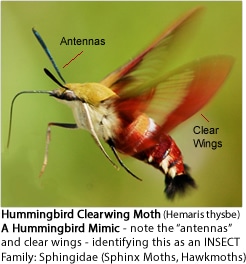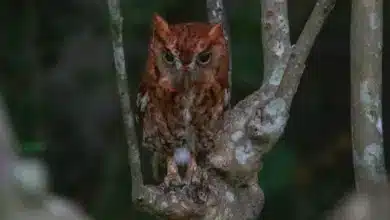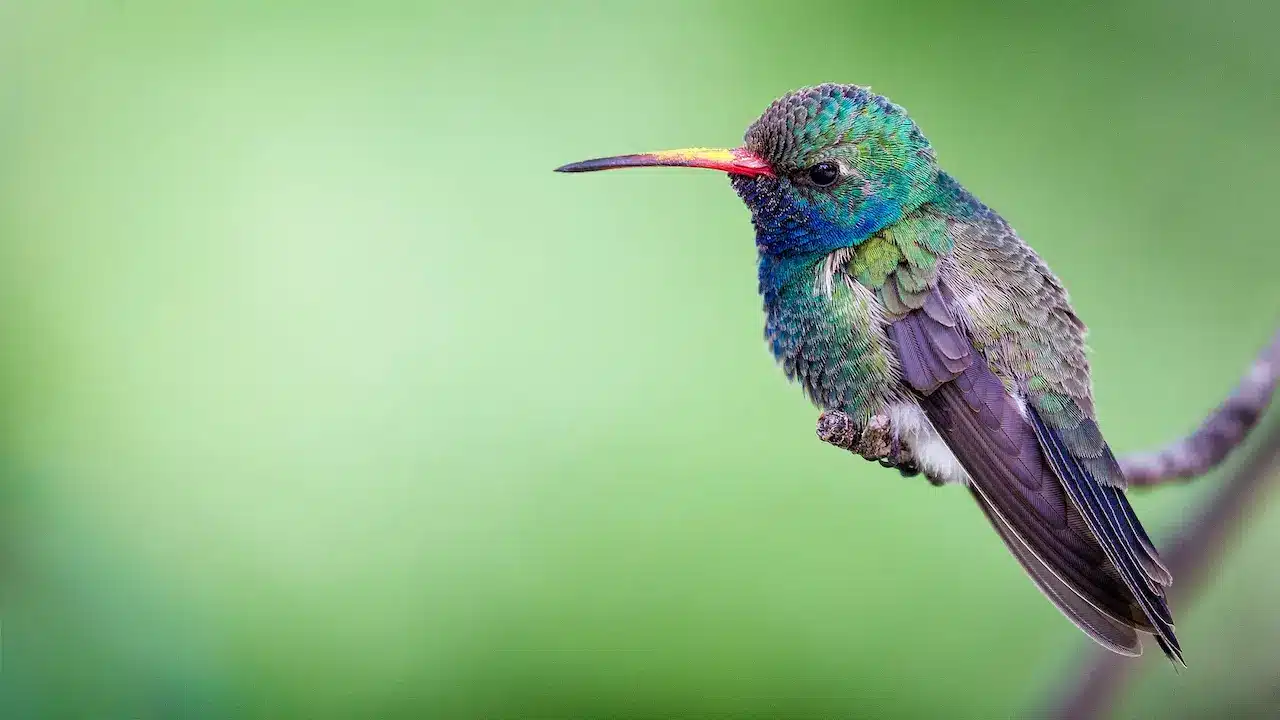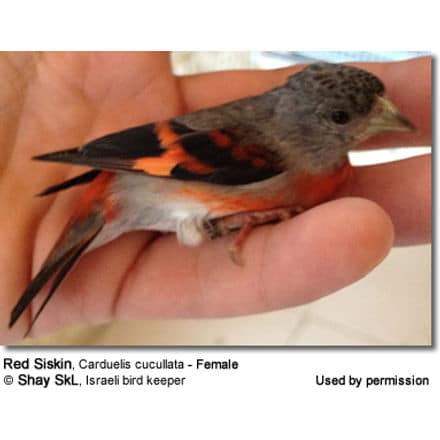Hummingbirds
Hummingbirds Information : The Tiny Jewels from the Americas
Hummingbirds are the second largest family with over 340 species – 29 of them are on Birdlife International endangered list. They are predominantly nectarivorous and are only found in the Americas (New World).
Photo Galleries … Species (Listing as well as by Location)
Useful / Interesting Links:
- White Hummingbirds (Albinos or Partial) – Images and Information
- Breeding / Nesting – Reproduction
- Finding a Nest or Chicks (on the ground, injured or orphaned)
- Finding Injured Adult Hummingbirds
- EXTREME Metabolism and Survival and Flight Adaptions – Amazing Facts
- Feeding and Attracting Hummers To Your Garden
Bookmarks / Links:
- Overview (scroll down)
- Where do we find them (Distribution / Range / Migration – Facts and Myths)
- Description / Similar Races
- Diet / Feeding
- Lifespan and Predation
- Sounds / Vocalizations
- How they were named
Overview
Hummingbirds are the second largest family with over 340 species – 29 of them are on Birdlife International endangered list.
They are predominantly nectarivorous and are only found in the Americas (New World). They are found as far north as Alaska and as far south as Chile. An (introduced?) population has been reported as being common on the Indonesian island of Bali.
Old World ecological equivalents include the Australian honey-eaters and the African sunbirds. They have specialized bill shapes and foot types to help them retrieve nectar from flowers; and many of them have a colorful or iridescent plumage.
One of the rarest is the Marvelous Spatuletail which is only found in a small area in northern Peru.
Special Protection: In the United States, hummingbirds are protected under the Migratory Bird Treaty Act of 1918, which makes it illegal to hold hummingbird or eggs/chicks and interfere in any way with an active nest.
Unless one has a special permit, it is against the law to trap, band, hold, harass, or control any hummingbird or any part of the hummingbird, nests or eggs.
Those violating that law are subject to fines ranging from $15,000 and $200,000 US dollars.
Therefore, if you see a hummingbird that needs help, please call a wildlife rehabilitation center with the experience and permits to handle / assist these tiny birds.
Listing and Photos of the Most Common Hummingbirds found in the USA
Species by US State (listing and photos)
This family is divided into two subfamilies:
- Trochilinae: all the colorful family, numbering nearly 300
- Phaethornithinae: includes the 6 genera and over 40 races of hermits, which have a mostly brownish plumage
Interesting Facts
These nectarivorous birds are only found in the New World (North, Central and South America). Their range stretches from Alaska and Canada down south to the southernmost tip of the South American mainland (Tierra del Fuego). About seventeen hummingbird species occur in the United States; and the rest in Central and South America, as well as the Caribbean islands.
Until recently, we assumed that they never occurred outside the Americas; however, in 2004, Dr. Gerald Mayr of the Senckenberg Museum in Frankfurt am Main identified two 30-million-year-old hummingbird fossils that were found in a clay pit at Wiesloch–Frauenweiler, south of Heidelberg, Germany, This finding, in addition to some Asian fossils, suggests, that this group may have originated in the Old World. (The “Old World” includes Africa, Asia and Europe).
One of the rarest race is the Marvelous Spatuletail, which is only found in a small area in northern Peru. Rufous Hummingbird is the most widespread species in North America.
They are among the smallest of birds, and include the smallest living bird species – the Bee Hummingbird, which weighs less than a U.S. or Canadian penny, and measures only 1.97 inches or 5 cm in length.
They have the highest metabolism of any animal on Earth, which is necessary to support the rapid beating of their wings. They must consume more than their weight in nectar daily to support their need to survive. Their heart rate can reach as high as 1,260 beats per minute.
They have just about the longest migration route of any bird (except for some much larger birds). Some hummingbirds travel 2,000 miles (3,200 km) during their migration, including an amazing 500 mile (800 km) non-stop flight over the Gulf of Mexico.
They are able to hover in mid-air by flapping their wings 12-80 times per second. They are known as hummingbirds because of the distinct humming sound they make when they are beating their wings. They are also the only bird species that can fly backwards.
BeautyOfBirds’ most common report about a “hummingbird” sighting is actually not about a hummingbird, but an insect which is about the same size of a hummingbird, and shares the same feeding and flight pattern with them. There are many species of “hummingbird moth”, but all of them can be identified by the “antennas” on the head.

Hummingbirds are amongst our most unique birds.
They are among the smallest of birds, and include the smallest living bird species – the Bee Hummingbird, which weighs less than a U.S. or Canadian penny.
They have the highest metabolism of any animal on Earth – with the exception of insects.
They have just about the longest migration route of any bird (except for some much larger birds). Some travel 2,000 miles (3,200 km) during their migration, including an amazing 500 mile (800 km) non-stop flight over the Gulf of Mexico.
Plus, hummingbirds are more maneuverable than helicopters, with flying abilities that any other bird can only dream of.
Where do we find them? (Distribution / Range / Migration – Facts and Myths)
Description / Interesting Physical Curiosities
What do They Eat? (Diet / Feeding)
- Feeding These Small Birds the Right Way – Recipes and Instructions

Hummingbird Breeding / Nesting
Lifespan and Predation
Calls / Sounds / Vocalizations
Species Research by Sibylle Johnson
Please Note: The articles or images on this page are the sole property of the authors or photographers. Please contact them directly with respect to any copyright or licensing questions. Thank you.





